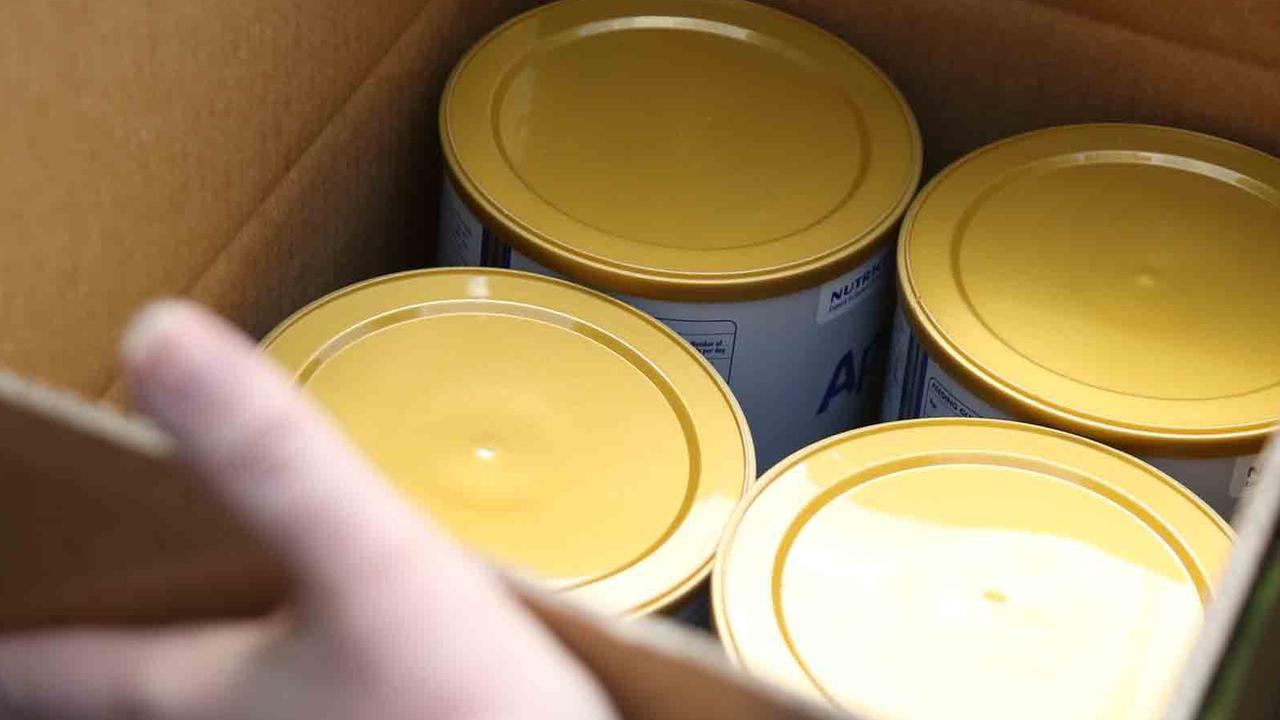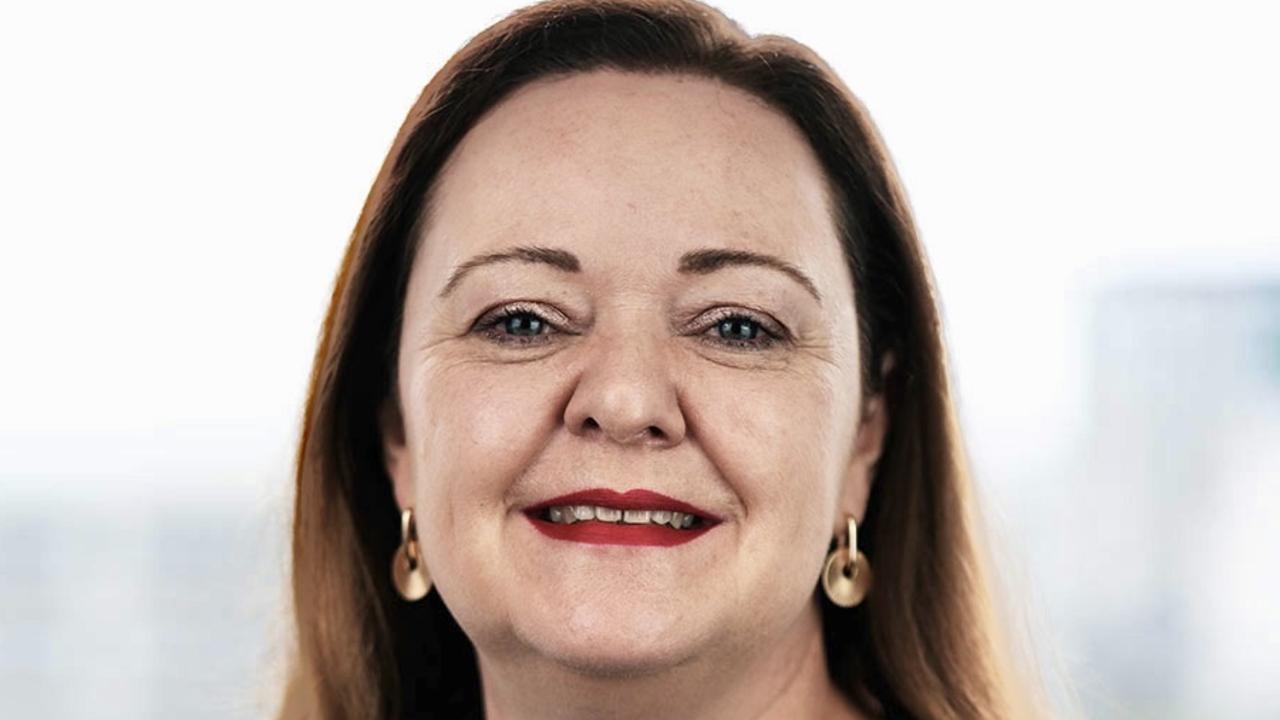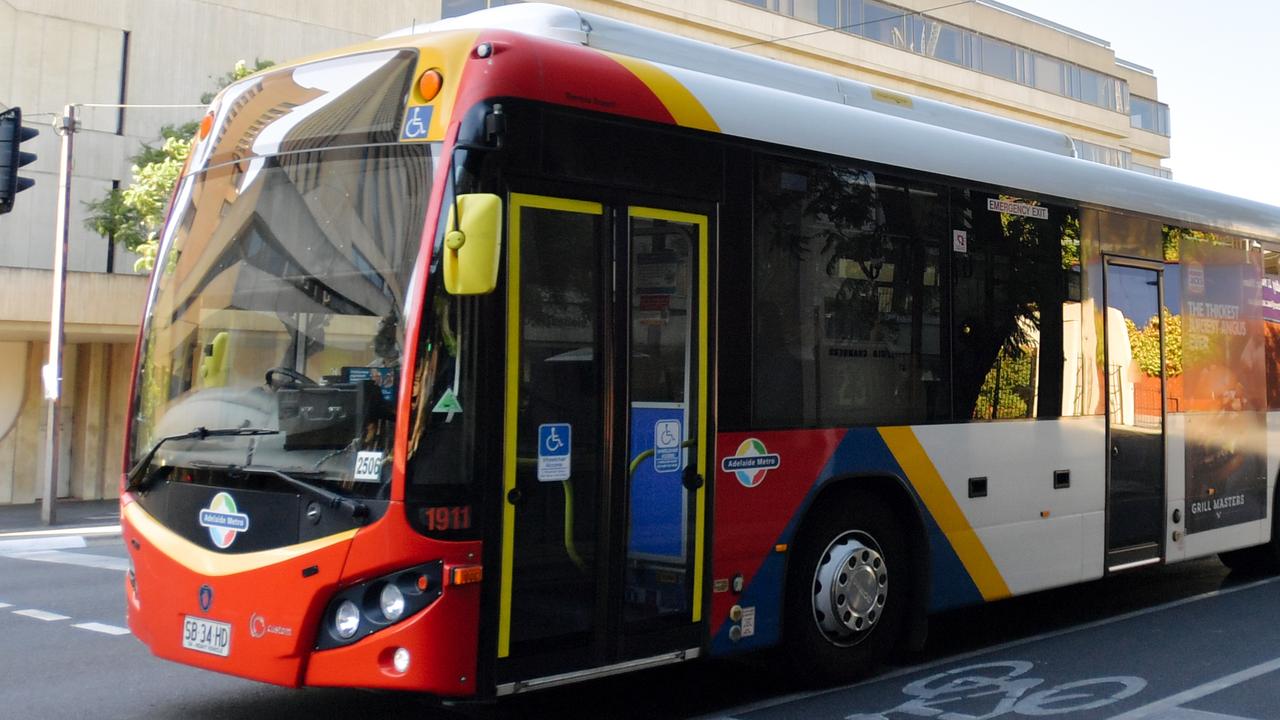Supply-driven inflation falling doesn’t mean rate rises are working | Samantha Maiden
Inflation is slowing down but that is not necessarily a result of anything the Reserve Bank has done, writes Samantha Maiden.
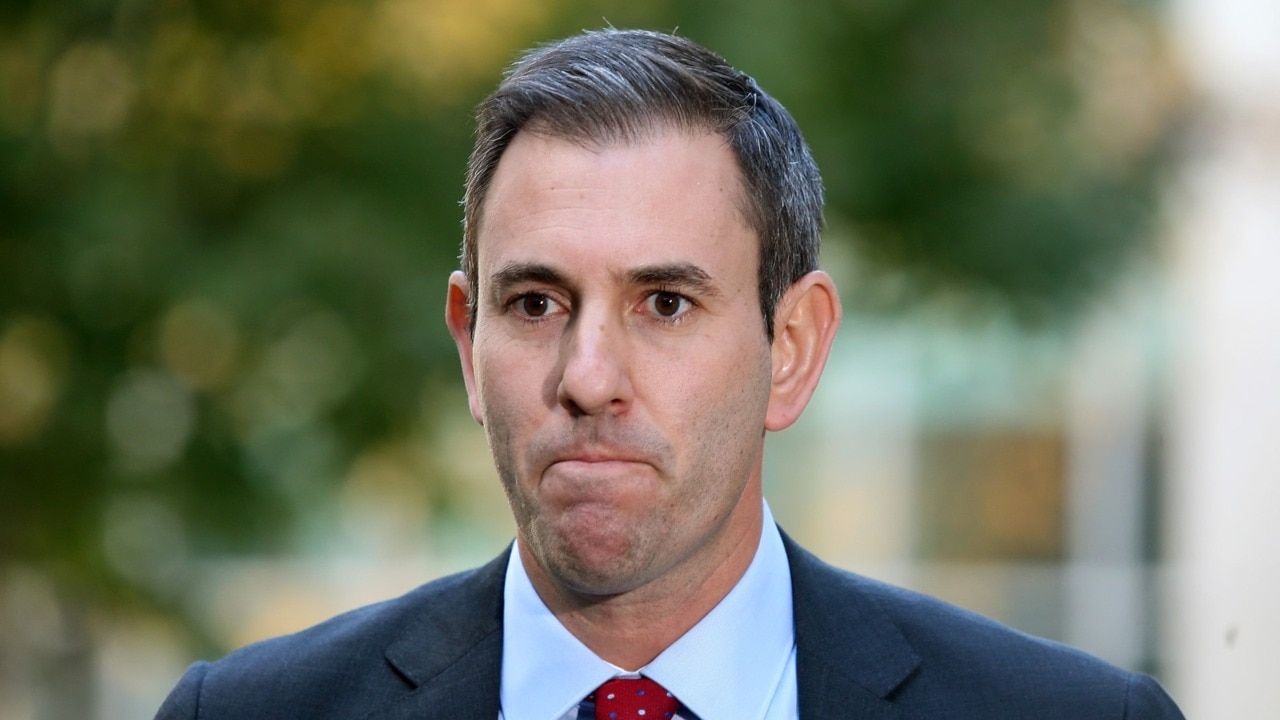
SA News
Don't miss out on the headlines from SA News. Followed categories will be added to My News.
What if the Reserve Bank’s big strategy to reduce inflation isn’t working ?
This was the big call by Deloitte Access Economics this week after the latest inflation figures revealed prices are still rising in Australia, although not as rapidly as before.
On one level that’s counterintuitive. Inflation is decelerating according to the latest figures.
But Deloitte argues the truth is more complex. The question is why inflation is decelerating. And whether or not it’s decelerating fast enough.
Is it just interest rates doing the hard work or some other factor?
“The inflation data released today is further evidence that the Reserve Bank has increased interest rates too far,’’ Deloitte Access Economics partner, Stephen Smith said.
“As Deloitte Access Economics has been warning for the past 12 months – and as the Reserve Bank’s own research shows – excessive inflation in Australia has mostly been caused by supply side factors, meaning that interest rate increases have mostly been ineffective at bringing inflation under control.
“Rather, inflation has fallen as a result of repairs to global supply chains and an easing of import prices.”
The best way of thinking about supply side factors is the disruption to supply chains during the pandemic that caused the price of goods to rise because of shortages.
Traditionally, inflation has been caused by more jobs and higher wages and increased household incomes that lead to a rise in consumer spending.
While supply chain blockages have eased since the pandemic, the Ukraine war has continued to deliver disruptions to key commodity prices including oil.
According to Deloitte, that means that interest rate increases have mostly been ineffective at bringing inflation under control.
The received wisdom on the latest Consumer Price Index figures are that they were slightly lower than expected.
That’s good news because it reduces the chances of a Reserve Bank interest rate rise next Tuesday – the second last under Governor Philip Lowe.
Headline inflation is down from 7 per cent to 6 per cent in the June quarter. But that’s still above and beyond the RBA’s target band for inflation.
The annual price rises tell the story. Dairy products including milk and cheese are up 15 per cent annually.
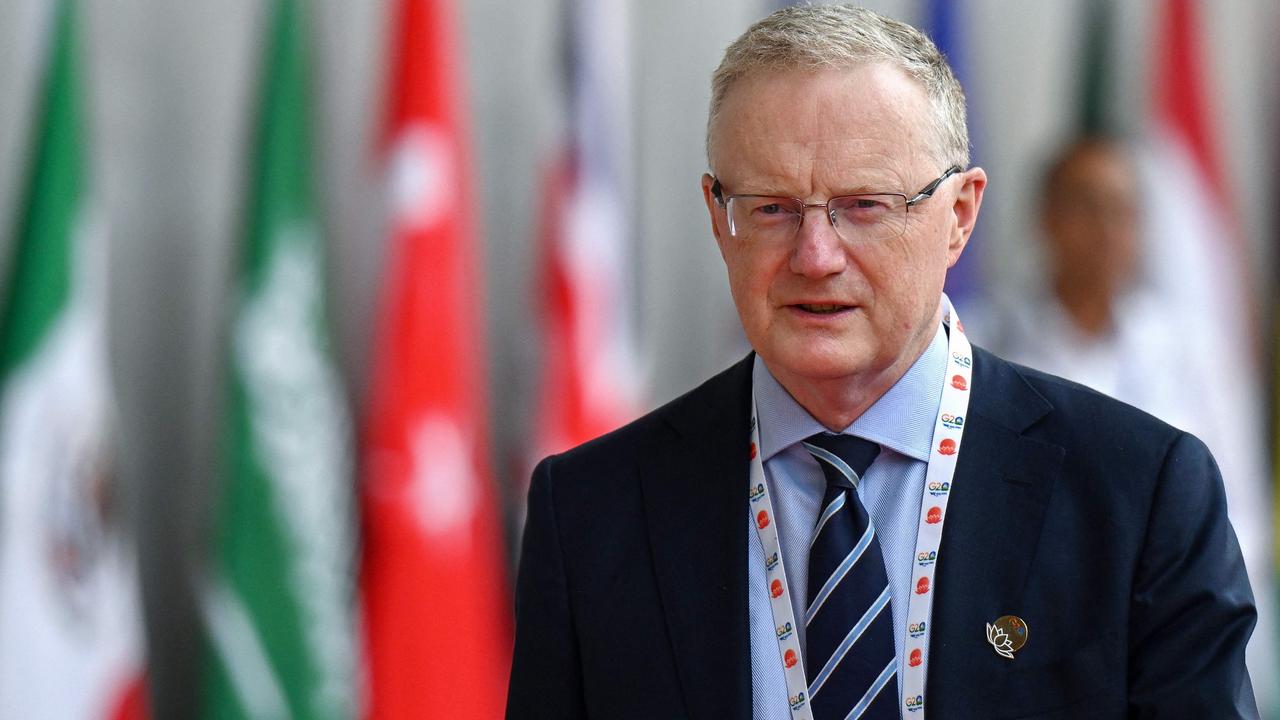
Which may explain why buying a packet of grated cheese to make pizzas for teenagers should now come with a financial shock warning.
Bread and cereal products are up 11 per cent. Increases to vegetables and meat are more modest.
To put those increases into context, wages have gone up 3.6 per cent on average. That means workers’ take-home pay is going backwards.
And that’s before rising rent and mortgage payments are factored into the equation.
According to the latest inflation figures, rents are rising at the fastest pace since 1988.
But not everyone is hurting. International travel is also up, suggesting Baby Boomers who have paid off their mortgages and younger Australians who can’t afford one are jetting overseas.
And Deloitte argues the modest reduction to inflation confirms what the Reserve Bank’s own research shows, that excessive inflation in Australia has mostly been caused by supply side factors.
And the big problem in the Australian economy – rising rents and housing prices – is not being fixed by higher interest rates.
“In those areas of the Australian economy that are still seeing strong price growth – namely housing and energy markets – supply side challenges are similarly to blame,’’ Deloitte’s Stephen Smith said.
“Higher interest rates will not encourage a faster energy transition, nor unleash a wave of home building. Instead they will make these issues worse.
“A narrow, dogmatic view of the link between unemployment and inflation fails to recognise the key sources of excessive inflation in Australia at present, and therefore misdiagnoses the correct policy response.”
Mr Smith said that the RBA should not have raised rates as high as the current levels.
“They should have increased interest rates a little bit but not by as much as they did,’’ he said.
“Supply side inflation needs to be tackled by focusing on fiscal policy, investment and innovation to lift productivity; competition policy to improve efficiency and erode market power; and tax policy to boost prosperity.
“And that’s because most of the inflation was not because of demand side stuff.
“Rather, the RBA should be waiting and using other policies such as stimulus to build more houses.”
The expectation now is that rates will remain on hold at the next RBA meeting.
But another rate rise in the coming months isn’t out of the question.
Originally published as Supply-driven inflation falling doesn’t mean rate rises are working | Samantha Maiden




